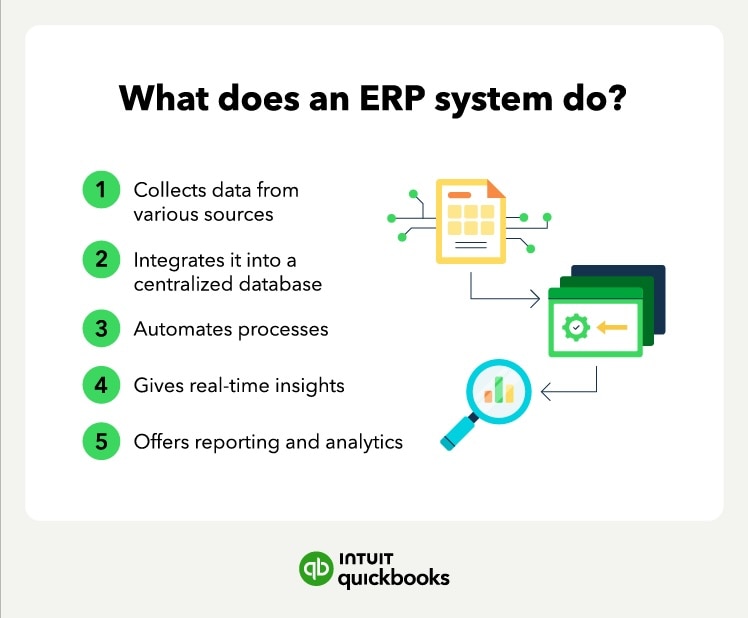Enterprise resource planning (ERP) is a software solution that integrates various business processes and functions to streamline operations and provide a comprehensive view of an organization's data. It centralizes information across departments such as finance, human resources, sales, and production, enabling better decision-making and improved efficiency.
If you run a business and face challenges like managing multiple locations,, coordinating supply chains, and handling intricate financial transactions, ERP can be the solution.
By automating manual tasks, eliminating data silos, and providing real-time insights, ERP helps address these pain points and achieve greater operational excellence.



 ERP capabilities go beyond financial management. For example, nonprofit organizations can benefit from ERP for donor, grant and volunteer management.
ERP capabilities go beyond financial management. For example, nonprofit organizations can benefit from ERP for donor, grant and volunteer management.
 Look for
Look for 



